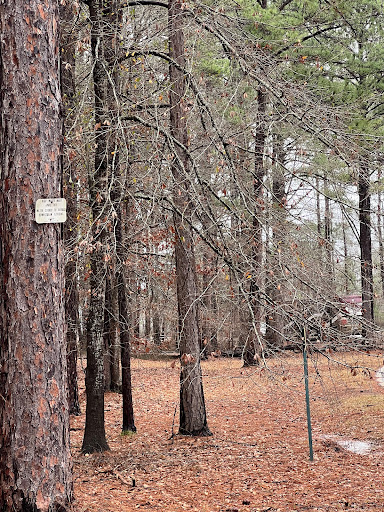Buccaneer State Park Waveland, MS
We returned to this park, which we had visited in Feb 2020. In 2020, Lisa had just had another major abdominal surgery to "reroute her plumbing". We went there so she could rest and recover post op. She spent our 2020 visit on the couch and it was frigid and snowing. Thankfully, we had much better weather and we were able to explore the area this visit. It was a nice start to our spring adventure of 2023. We spent a little over a week here touring the area and walking on the mostly deserted beach.
Beauvoir was built from 1848-1852 by James Brown, a planter and entrepreneur. In 1873, the property was sold to Frank
Johnston and soon thereafter to Samuel and Sarah Anne Ellis Dorsey. They
operated the plantation to cultivate cotton. After her
husband, who was older, died in 1875, the widow Dorsey lived in the main house
with her half-brother Mortimer Dahlgren.
In 1876, having heard
of Jefferson Davis' financial and personal difficulties, Dorsey invited
the former president to stay at Beauvoir. She made a cottage available to him
and assisted him in writing his memoir, The Rise and Fall of the
Confederate Government (1881) by organizing, taking dictation and
encouraging him.
Davis accepted Dorsey's
invitation and moved into the cottage now known as the Library Pavilion on
the plantation grounds in 1877. Later, his wife Varina joined him.
Davis arranged to
purchase the property in 1879 for $5500 to be paid in three installments. In
1878, Dorsey had rewritten her will, as she knew she was dying; she bequeathed
the plantation to Davis and his daughter. Dorsey died in 1879.
Davis and Varina moved
into the main house along with their youngest daughter, Winnie. Davis lived in the home until his death in December 1889. Varina
Davis remained on the property for a time while she wrote her book Jefferson
Davis: A Memoir (1890). She and her daughter Winnie moved to New
York City in 1891.
Dorsey had provided that,
after Davis' death, Beauvoir would go to his daughter. At her death in 1898,
the property was inherited by Varina Howell Davis. In 1902, she sold much of
the property to the Mississippi Division of the Sons of Confederate
Veterans (SCV), to be used as home for Confederate veterans and
widows, and later as a memorial to her husband. The SCV built a dozen barracks
buildings, a hospital, and a chapel behind the main house. From 1903 to 1957,
approximately 2,500 veterans and their families lived at the home. Many
veterans were buried in a cemetery on the property.
An artists rendition of Beauvoir as seen from the Gulf. Biloxi beach was man made on the gulf side at a length of 13 miles. It was built in 1952.
Cemetery for Confederate Soldiers and their spouses who passed while living at Beauvoir when it was used as a home for Veterans and their spouses.


























































